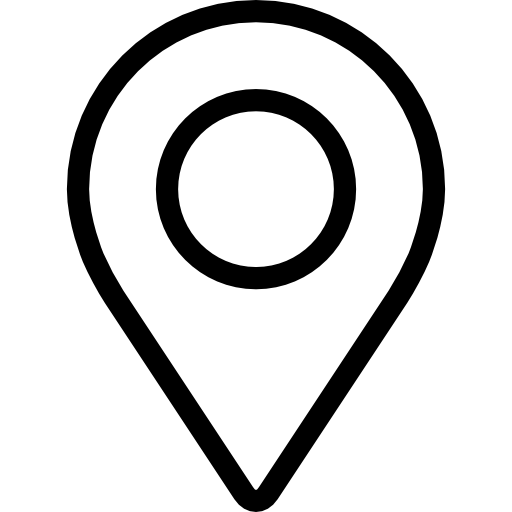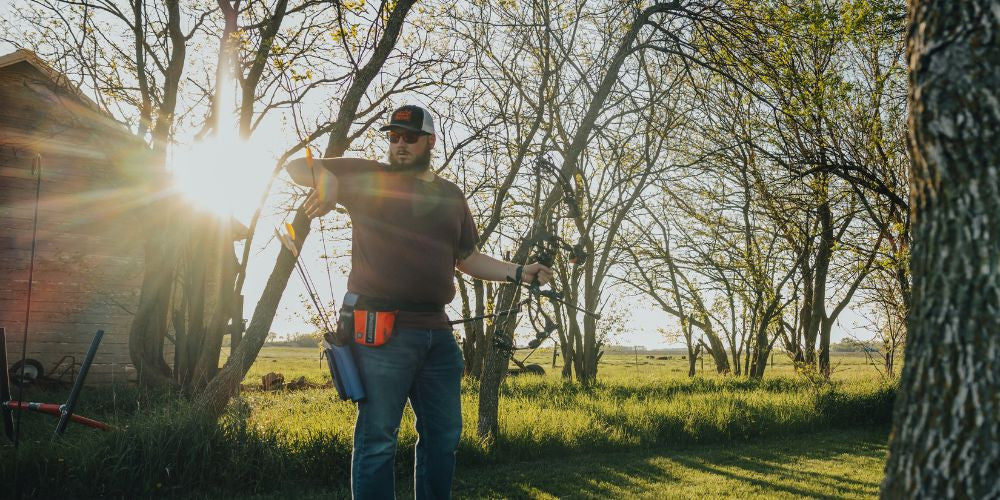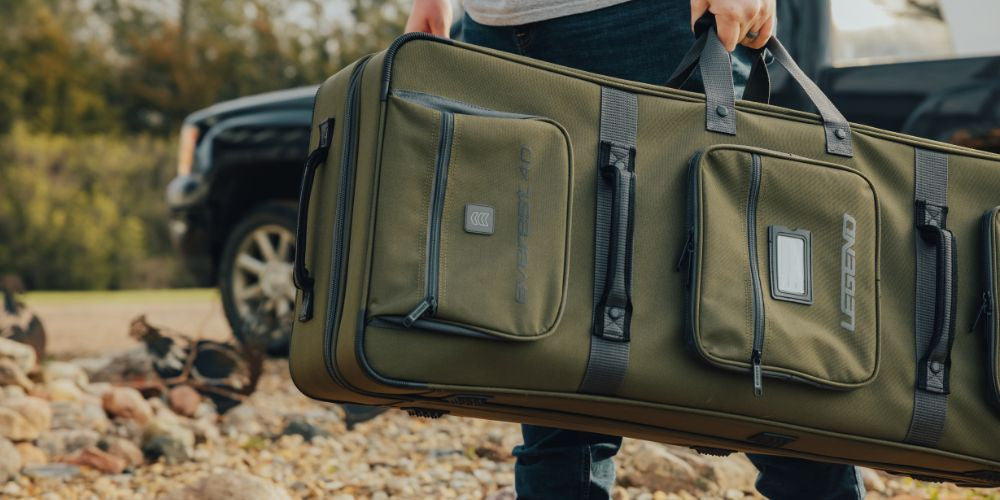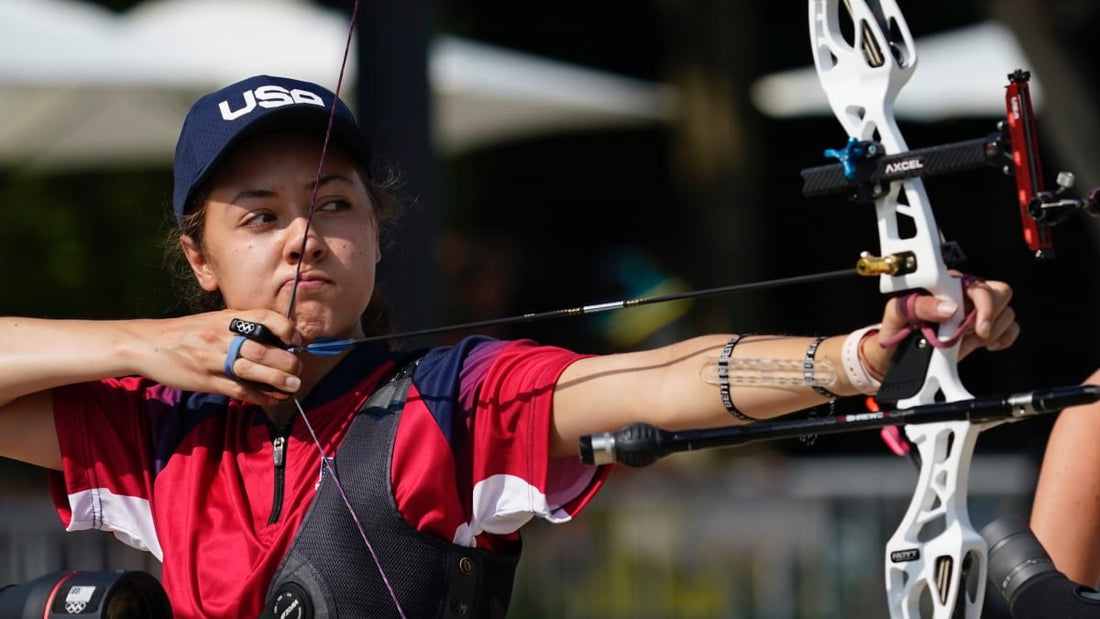Making consistently good shots as a compound or traditional archer requires several factors to be correctly executed. One key factor is how you grip your bow. While some self bows and longbows must be firmly gripped to shoot correctly, most bows require a very loose grip. Holding the bow too tightly will torque the bow or cause it to be misaligned, resulting in a poor shot and probably hurting your arms. Here's where finger and wrist slings come in.
The Major Difference between Finger and Bow Wrist Slings
It is evident that the main difference that exists between finger and wrist slings is how the bow gets caught after it drops. When you use a wrist sling, the bow's weight is supported by the wrist when the bow drops. In the instance of the finger sling, the index finger and thumb support the weight of the dropped bow. The finger sling is mainly recommended for starting archers, majorly owing to how comfortable it is and its ease of use. However, the question of which one of both is better is still debatable.
Before you decide to take a trip to the closest archery supply store, you might want to ask yourself if you really need a sling. A couple of target archery experts will advise you to get one. Others will promise you will be fine without one. At the end of this read, you should be able to make an informed decision on whether to get one or not.
First, understand that there are differences in the features of traditional recurve bows and compound bows. Recurve bows usually deliver more forward motions that shock the hands than compound bows. When you shoot with a recurve bow, you notice a jump or forward jerk upon releasing the bowstring.
In answering a quick question asked by archers in training, the use of finger slings is not better. It is only preferred by recurve archers who love to easily do the free fall swing. Still, it does not necessarily make you a better archer or improve your accuracy.

Do I Really Need A Finger Sling?
Traditional archers will often wrap their fingers around their bows. Although it could give the archer an incredible target archery experience, you won't find them using wrist or finger slings.
Professional and Olympic archers who make use of recurve bows take shots following a particular technique. Their bow hand is first positioned with knuckles at a 45-degree angle. Then a shot is taken with an open grip and very much relaxed fingers. In taking the shots, the raiser is slightly supported with the fingers and not firmly held. This is where the finger sling comes in.
The finger sling catches the bow and prevents it from hitting the ground when it leaps forward after taking a shot. This relieves the archer of using their hands to save the bow from falling after every time you shoot. The archer can also relax his bow hand, preventing inconsistent shooting and bow torque. Find out how to eliminate bow torque here. It also makes you mentally alert and confident to hit your target.
At the same time, your finger sling should not have your bow pinned so tightly against your hand. Instead, the finger sling should be free enough to allow free forward movement of the bow toward the target. Some archers would rather have their finger slings positioned so the bow ultimately leaves their hands after a shot. Others prefer their slings to allow their bow to move only slightly forward.
As stated earlier, some compound archers do not use finger slings. In recent years, compound bows have been designed so that they do not jump forward like recurves after shooting. Some archers show no concern about their bow dropping, even when they take shots with a relaxed and open grip.
Pros And Cons Of Using The Finger Sling
The plus side to using the finger sling, as oppose to wrist slings, is that you can easily control the bow when it drops. Likewise, it makes it possible to catch the bow early enough when it drops. Ultimately it allows you to perform the free-fall swing technique like a pro.
On the other hand, it can be pretty uncomfortable to use, and it requires quite a lot of practice to get used to. Also, bear in mind that this sling restricts the free movement of your fingers.

Do I Really Need Bow Wrist Slings?
As much as it is absolutely possible to shoot a perfect shot every time, the accuracy of your shots hitting the target can be hindered when you attempt to grab the bow during or before a shot is taken. Trying this will not only twist your bow but also drift your arrow off course, preventing it from hitting the target.
To prevent this from occurring, a bow wrist sling is your best takeaway gift from an archery shop. With the wrist sling, you can comfortably attach the bow and keep it connected to your hand while you focus on the target. With the help of this target archery supply, you can completely relax your bow hand when taking shots.
Just like the finger sling, the wrist sling helps prevent you from having to grab the bow, as well as reduce the risk of the bow falling. Slings basically help you aim your target better without having to worry about damaging your bow. Your wrist sling should be positioned firm enough that it is not too loose. It should be tight enough to keep your bow handy for another shot.
If one of your aspirations is to become a professional archer, then your finger and wrist slings have to be handy always. Remember, the goal is to train your subconscious to always focus on the target and not grab the bow. In this case, keeping it snug is always recommended when practicing.

When bowhunting, bow wrist slings are required to keep your hand relaxed and your focus on the animal. As such, you don't want your sling too loose in case you need to grab your bow again. Therefore, bowhunters prefer the open bow-mounted wrist slings. You guessed right! The reason is so that they can more easily and quickly pick up the compound bow in readiness for another shot rather than fumbling with a finger sling.
Another reason is to prevent an accident from occurring by putting a certain distance between you and your bow. This is quite useful, primarily if you hunt with a more broadhead-tipped arrow. With an open wrist sling, tossing the bow sidewards and avoiding an accident is possible. This cannot be easily done with a finger sling.
Also, wrist slings are best for tree hunting. Because you will always be pointing the bow downwards to take a shot, you need something to support your grip over a period of time. More so, you won't have a hard time battling against the forces of gravity as you try to maintain your grip and focus on the target more. You won't also have to worry about your bow falling from 20 feet when you are up a tree. You will agree that it is far worse than a 5-6 feet fall.
Pros And Cons Of Using The Wrist Sling

Compared to the finger sling, the wrist sling is easier to use. It also tends to be more comfortable and does not restrict the movement of your fingers in any way.
On the flip side, using the wrist sling for shooting has several cons. First, you won't be able to perform the free-fall swing technique. Also, when the bow drops, it acts erratically and will pull hard on your wrist.
End Note
If you still have doubts about getting a finger or wrist sling because you rarely drop your bow, consider the kind of impact and possible dents or breakages your compound bow would suffer should in case it drops hard. You can save yourself the stress and frustration that can result from not using a sling.
The best paracord bow slings can be purchased here and have an impressive breaking strength of 550 lbs. It can effectively carry your compound bow, arrows and any attachment items without overstretching. If you are a field archer, visiting an archery store for a sling might not be necessary. However, continuous falls can damage some fragile parts of your bow, even on soft grass. The end goal is to show more care for your bow and archery equipment.
 cust@legendarchery.com
cust@legendarchery.com 302 503 5767
302 503 5767 Whitestown, In 47075
Whitestown, In 47075




